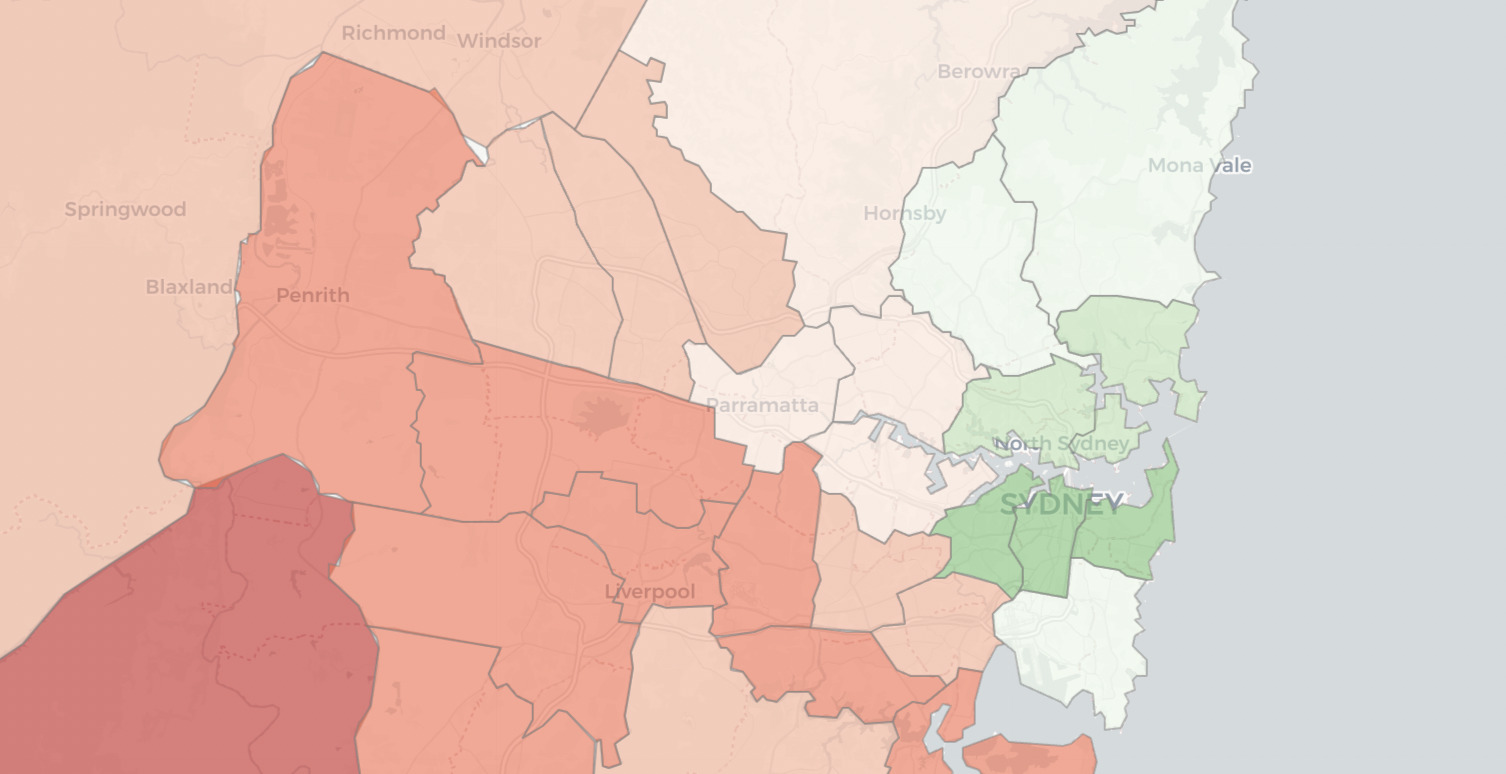To provide the best experiences, we use technologies like cookies to store and/or access device information. Consenting to these technologies will allow us to process data such as browsing behavior or unique IDs on this site. Not consenting or withdrawing consent, may adversely affect certain features and functions.
The technical storage or access is strictly necessary for the legitimate purpose of enabling the use of a specific service explicitly requested by the subscriber or user, or for the sole purpose of carrying out the transmission of a communication over an electronic communications network.
The technical storage or access is necessary for the legitimate purpose of storing preferences that are not requested by the subscriber or user.
The technical storage or access that is used exclusively for statistical purposes.
The technical storage or access that is used exclusively for anonymous statistical purposes. Without a subpoena, voluntary compliance on the part of your Internet Service Provider, or additional records from a third party, information stored or retrieved for this purpose alone cannot usually be used to identify you.
The technical storage or access is required to create user profiles to send advertising, or to track the user on a website or across several websites for similar marketing purposes.




Interesting conversation. Don’t know about the claim that Greens seats voted more strongly yes than Teal seats. Melbourne did clearly, but the Greens seats in Brisbane didn’t. Although if he meant seats where the Greens poll well (Cooper, Wills, Macnamara, Higgins, Grayndler, Sydney) then that makes sense.
Agree Adam, i think when the mean Green seats they are generally referring to seats which have a more left-wing history such as working class history compared to seats that have more old money and a Liberal heritage. One interesting difference compared to 1999 is the continued gentrification of the inner city for example Perth voted stronger than Curtin for the Voice and Adelaide more so than Sturt and this is a wider gap from 1999. Also in Brisbane i would categorize Ryan as more demographically Tealish but this this time it was not as strong for Yes as Brisbane and Griffith which includes formerly working class areas gentified. In the electorate of Freemantle you can see some of the inner parts of the seat having some of the strongest YES votes at around 75% much stronger than the Curtin booths
Indicative of where the funding is distributed
The interesting thing I noticed in Melbourne there seems to be a dividing line with a Ring Road circle (Metropolitan Ring Road, Future North East Link, and EastLink). All but one Federal Electorate that has all (or Majority) within the circle voted Yes but every Federal Electorate that has all (or Majority) outside the circle (if excluding the Yes voting Jajagaga which is roughly around half in and outside the circle). It is also evident that almost overwhelmingly majority of the voting polling booths within the circle voted Yes and the Vice Versa is also true.
@marh, I think the ring road/Eastlink etc are the border between the middle ring suburbs and the outer suburbs. Ie Vermont, Glen Waverley, Mitcham are middle ring, Ringwood, Wantirna, Rowville are outer suburbs, Reservoir, Glenroy middle, Broadmeadows, Thomastown, Epping outer. The ‘outer suburbs’ everywhere, even in Melbourne, are where the referendum was lost.
On a related note, I would say Bell St in the north and Burke Rd in the East/Southeast are probably the divide between ‘inner suburbs’ and the ‘middle ring’.
@Adam
Largely agree with you. However, a couple of points
1. Manningham seemed to vote more like outer suburbs in the Voice referendum. I guess it includes the Urban-Rural fringe so makes it a bit different despite proximity to CBD.
2. I actually feel its is Warrigal Road not Burke Road that divides inner wealthy suburbs from the middle class middle ring suburbs. Canterbury, Camberwell most of Glen Iris is east of Burke Road. Parts of Kew such as the sackville road are more like East of Burke Road. In SE Melbourne i feel Hotham Road/Williams Street divide inner city neighborhoods from inner suburbs with nuclear families and detached housing. Elwood is a inner city neighbourhood while Brighton is inner suburban.
I wonder what is the percent of Metropolitan Melbourne that voted Yes, to my gut feeling,it is narrowly Yes. It does seem that the Yes Vote did do better in Melbourne’s Middle Suburbs when other middle rings other capital cities voted No.
Comments are closed.